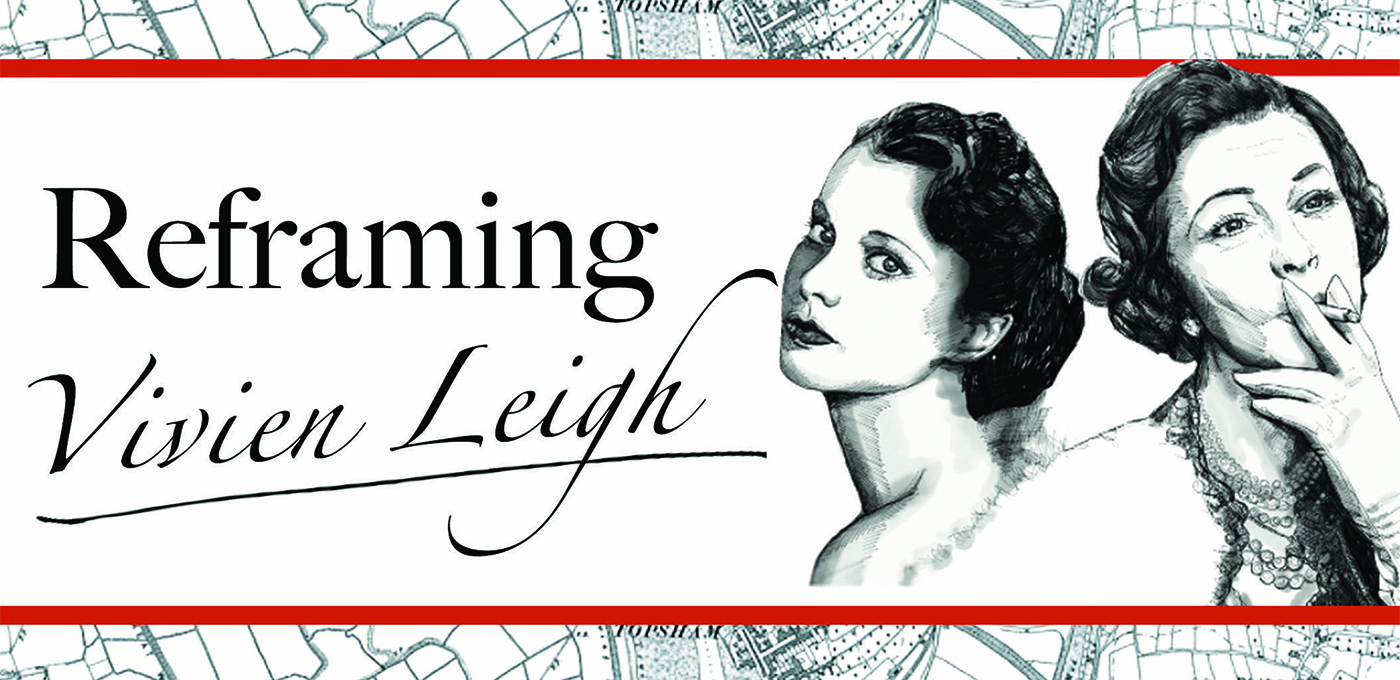An article appearing in the popular British fan magazine Picturegoer in October 1951 discussing the use of slang in the film adaptation of A Streetcar Named Desire. Vivien Leigh played the role of Blanche DuBois on the stage in London and in the 1951 film adaptation.
In the article, feature writer Francis Koval reflects on the 'slangy and sensational' qualities of the adaptation.
Francis Koval's emphasis on the theatricality of Vivien Leigh's role is interesting in light of the meeting that the adaptation staged between Marlon Brando as a proponent of method acting, and Vivien Leigh as a classically trained Hollywood and British star. Her theatricality - here perceived as a potential limitation to her performance - might conversely be read as an ideal counterpoint to Marlon Brando's very different performance style. Because her approach was to build the character from the outside in - in contrast to the method which required an actor to wholly inhabit a character from the inside out - Vivien Leigh's theatrical traits seem a smart way to convey the fragility of Blanche's constructed reality. Blanche's own unending performance of a certain portrait of gentile femininity is the only thing keeping her from genuine breakdown.
Francis Koval's reference to the wig is also an interesting point in this review. Vivien Leigh gave very careful and specific attention to her appearance in the film and to her costuming. In correspondence with the film's director Elia Kazan, Vivien Leigh insisted that as Blanche she wanted to look 'right, not good', pushing against the glamour associated with her star image in order to more authentically delivery a portrayal of the character.
In the article, feature writer Francis Koval reflects on the 'slangy and sensational' qualities of the adaptation.
Francis Koval's emphasis on the theatricality of Vivien Leigh's role is interesting in light of the meeting that the adaptation staged between Marlon Brando as a proponent of method acting, and Vivien Leigh as a classically trained Hollywood and British star. Her theatricality - here perceived as a potential limitation to her performance - might conversely be read as an ideal counterpoint to Marlon Brando's very different performance style. Because her approach was to build the character from the outside in - in contrast to the method which required an actor to wholly inhabit a character from the inside out - Vivien Leigh's theatrical traits seem a smart way to convey the fragility of Blanche's constructed reality. Blanche's own unending performance of a certain portrait of gentile femininity is the only thing keeping her from genuine breakdown.
Francis Koval's reference to the wig is also an interesting point in this review. Vivien Leigh gave very careful and specific attention to her appearance in the film and to her costuming. In correspondence with the film's director Elia Kazan, Vivien Leigh insisted that as Blanche she wanted to look 'right, not good', pushing against the glamour associated with her star image in order to more authentically delivery a portrayal of the character.
| Creator | Francis Koval |
|---|---|
| Subject | A Streetcar Named Desire |
| Source | Bill Douglas Cinema Museum |
| Publisher | Oldhams Press |
| Date | 1951-10-13 |
| Format | Magazine |
| Type | Review |
| Coverage | 1950s |


